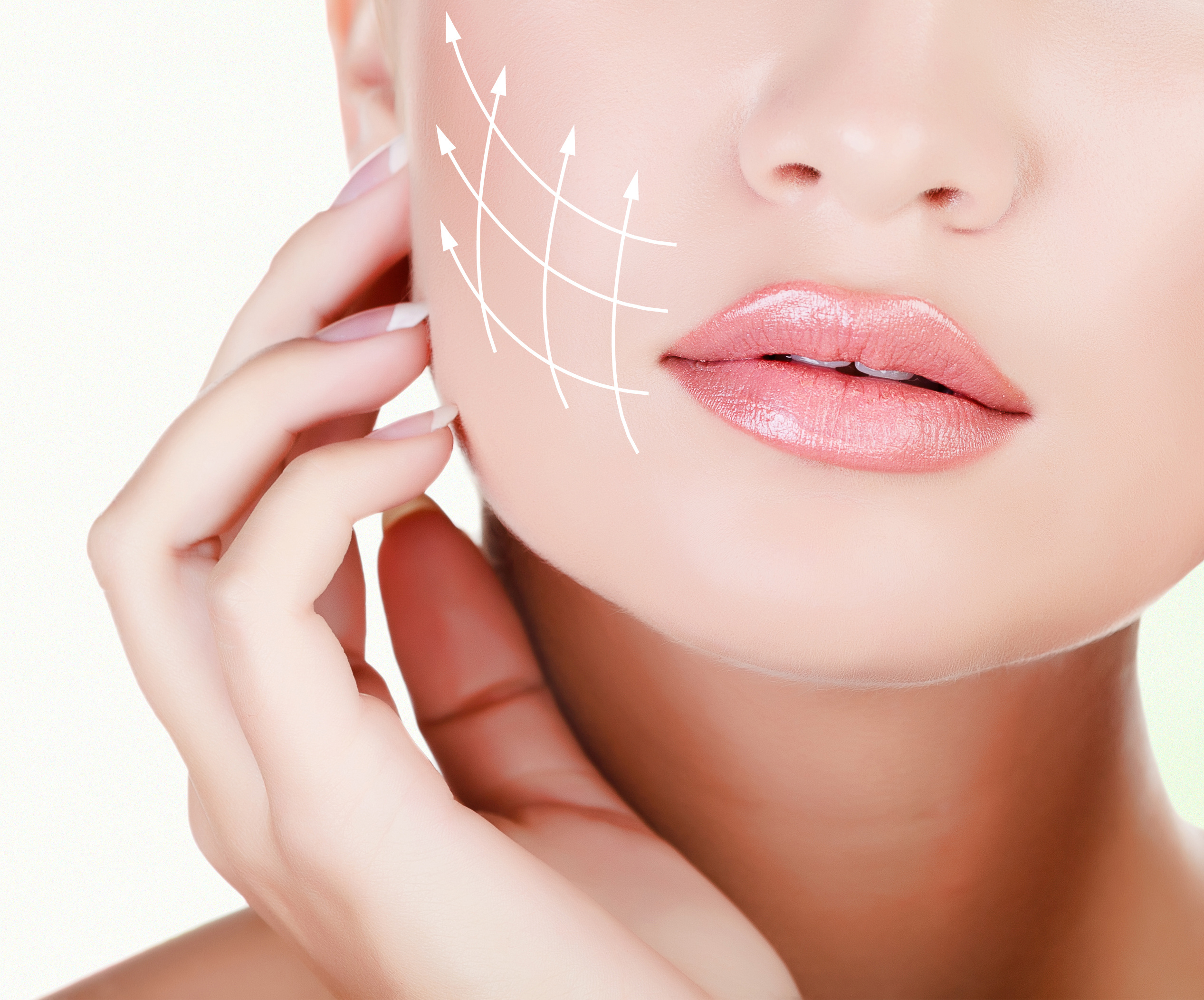
Many options are available today to pursue youthful, wrinkle-free skin. The choices can be overwhelming, from creams and serums to facelifts and fillers. However, neurotoxin treatments like Botox, Dysport, and Xeomin have gained immense popularity for those seeking a non-surgical approach. In this blog post, we will delve into neurotoxin treatments and explore which might be better for removing wrinkles: Botox, Dysport, or Xeomin.
Understanding Wrinkles
Before we jump into the specifics of these treatments, it’s essential to understand what wrinkles are and how they form. Wrinkles can be broadly categorized into two types: dynamic wrinkles and static wrinkles.
Dynamic wrinkles appear when you make facial expressions, such as smiling or frowning. Over time, repeated muscle contractions in the same areas lead to the formation of these wrinkles. For example, crow’s feet around the eyes and frown lines between the eyebrows are common dynamic wrinkles.
Static wrinkles, however, are present even when your face is at rest. These wrinkles result from a combination of factors, including the loss of collagen and elastin, sun damage, and natural aging. They tend to be deeper and more pronounced.
The development of wrinkles is a natural part of aging, but for many, they can be a source of frustration and self-consciousness. This is where neurotoxin treatments like Botox, Dysport, and Xeomin come into play.
Neurotoxin Treatments
Neurotoxin treatments, often called injectables or neuromodulators, are designed to relax the muscles responsible for dynamic wrinkles. By doing so, they can smooth out existing wrinkles and prevent new ones from forming. These non-invasive treatments provide relatively quick results, making them popular for individuals seeking a more youthful appearance.
What Are Neurotoxin Treatments?
Neurotoxin treatments involve the injection of a purified protein derived from the bacterium Clostridium botulinum. This protein, commonly known as botulinum toxin, temporarily paralyzes or weakens the muscles injected into. As a result, the overlying skin relaxes, and wrinkles become less noticeable.
How Do They Work?
When you make facial expressions, nerve signals trigger muscle contractions. Neurotoxin treatments work by blocking these nerve signals at the injection site. This prevents the muscle from contracting as forcefully, reducing the appearance of wrinkles.
The Safety of Neurotoxin Treatments
Neurotoxin treatments have been used for several decades and are generally considered safe when administered by a qualified healthcare professional. However, like any medical procedure, they can carry some risks and potential side effects, which we will explore in more detail as we discuss each treatment.
Botox: The Pioneer
Botox, short for Botulinum Toxin Type A, is the most well-known and widely used neurotoxin treatment. It has a rich history and an extensive track record of effectively treating wrinkles.
History and Development of Botox
Botox was first approved by the U.S. Food and Drug Administration (FDA) for cosmetic use in 2002, although it had been used for medical purposes before. Its roots trace back to the 1970s when scientists began exploring its therapeutic potential for various conditions.
The Science Behind Botox
Botox works by blocking the release of acetylcholine, a neurotransmitter that signals muscle contractions. The treated muscles temporarily relax without this signal, leading to smoother skin. The results typically become noticeable within a few days and can last three to six months.
Pros and Cons of Botox
Pros of Botox:
- Effectiveness: Botox is highly effective in reducing the appearance of dynamic wrinkles, especially in areas such as crow’s feet and forehead lines.
- Duration: The results of Botox can last for several months, providing long-lasting wrinkle reduction.
- Safety: When administered by a skilled practitioner, Botox is generally safe with minimal downtime.
Cons of Botox:
- Temporary: Botox is not a permanent solution; repeat treatments are necessary to maintain results.
- Cost: Botox treatments can add up over time, as they are typically priced per unit.
- Side Effects: While rare, side effects can include mild bruising, swelling, or temporary weakness in nearby muscles.
Dysport: A Contender
Dysport, also a form of botulinum toxin type A, is a relative newcomer to the world of neurotoxin treatments. It has gained popularity for its ability to address dynamic wrinkles effectively.
Introduction to Dysport
Dysport received FDA approval for cosmetic use in 2009. Like Botox, it is derived from botulinum toxin type A and works similarly.
How Dysport Differs from Botox
One of the primary differences between Dysport and Botox is the size of their molecules. Dysport has smaller molecules, which some believe allows it to spread more evenly and provide quicker results than Botox. Additionally, some individuals report that Dysport may last slightly longer.
Pros and Cons of Dysport
Pros of Dysport:
- Effectiveness: Dysport is highly effective in treating dynamic wrinkles, with some patients noticing results sooner than with Botox.
- Duration: The results of Dysport treatments can last for several months, similar to Botox.
- Cost: Dysport treatments may be priced differently than Botox, offering a more cost-effective option.
Cons of Dysport:
- Temporary: Like Botox, Dysport is not a permanent solution and requires repeat treatments.
- Side Effects: Side effects are typically mild and similar to Botox’s, including potential bruising and swelling.
Xeomin: The New Kid on the Block
Xeomin is another neurotoxin treatment, and while it may be less familiar than Botox and Dysport, it has gained recognition for its unique characteristics.
Overview of Xeomin
Xeomin received FDA approval for cosmetic use in 2011. What sets Xeomin apart from its counterparts is its “naked” formulation, meaning it lacks certain proteins found in Botox and Dysport. This can lead to fewer allergic reactions in some individuals.
What Sets Xeomin Apart
The absence of complex proteins in Xeomin may make it a purer form of botulinum toxin type A. This can be an advantage for those concerned about allergic reactions or developing resistance to the treatment.
Pros and Cons of Xeomin
Pros of Xeomin:
- Safety: Xeomin’s “naked” formulation can benefit those concerned about allergic reactions.
- Effectiveness: Xeomin treats dynamic wrinkles and provides results similar to Botox and Dysport.
- Duration: Like its counterparts, Xeomin’s results typically last several months.
Cons of Xeomin:
- Temporary: Xeomin is not a permanent solution and requires periodic treatments.
- Limited Availability: While Xeomin is gaining popularity, it may not be as widely available as Botox and Dysport in all regions.
Choosing the Right Option for You
Now that we’ve explored the key differences between Botox, Dysport, and Xeomin, how do you decide which is best for removing your wrinkles? Here are some factors to consider:
Wrinkle Type
- Dynamic Wrinkles: All three options can be effective if you primarily have dynamic wrinkles.
- Static Wrinkles: Additional treatments like dermal fillers may be recommended in conjunction with neurotoxin treatments for deeper static wrinkles.
Treatment Goals
- Quick Results: If you desire quicker results, some individuals report that Dysport may offer a faster onset than Botox or Xeomin.
- Longevity: Botox and Dysport may be the preferred options if you prefer longer-lasting results.
Budget
- Cost: The cost of treatments can vary, so discussing pricing with your chosen provider is essential.
Consultation with a Qualified Practitioner
Ultimately, the best way to determine which neurotoxin treatment is right for you is to consult a qualified healthcare practitioner. They can assess your needs, discuss your goals, and recommend the most suitable option.
Conclusion
Botox, Dysport, and Xeomin offer valuable options in the quest for wrinkle-free skin. Each has its own advantages and considerations, and the choice ultimately depends on your needs and preferences. Safety and effectiveness are paramount, so seek a reputable practitioner for your neurotoxin treatments. Whichever option you choose, you’re taking a step toward enhancing your confidence and practicing self-care, and that’s something to be celebrated.



